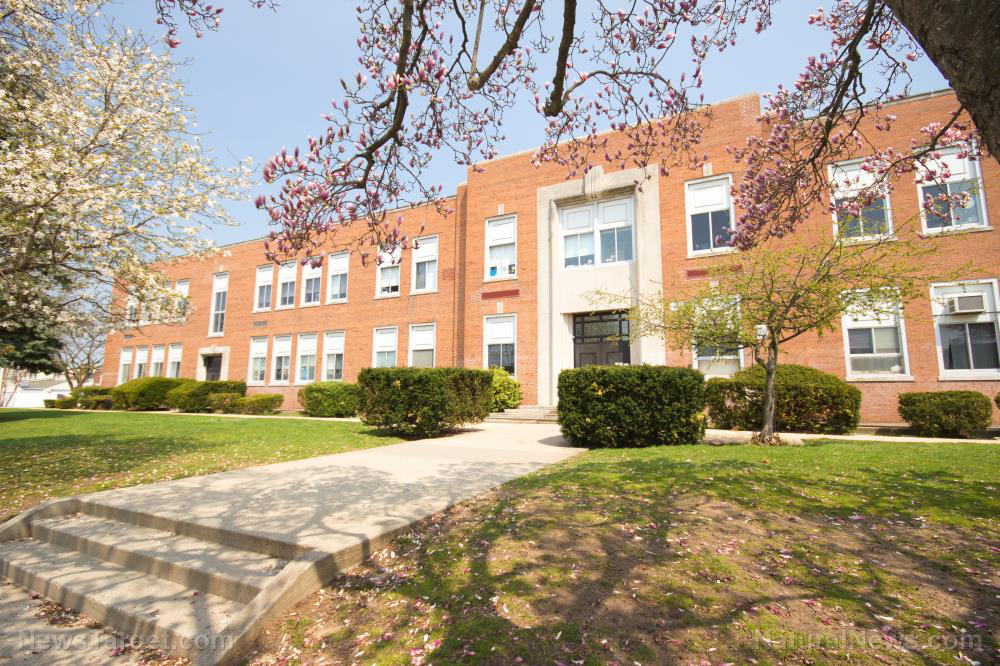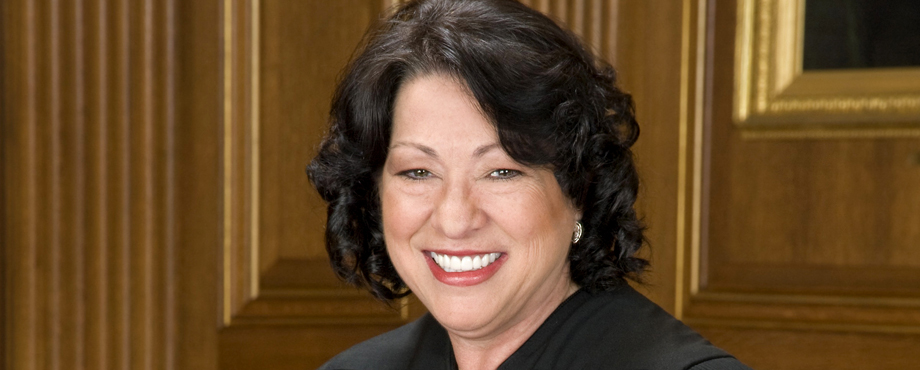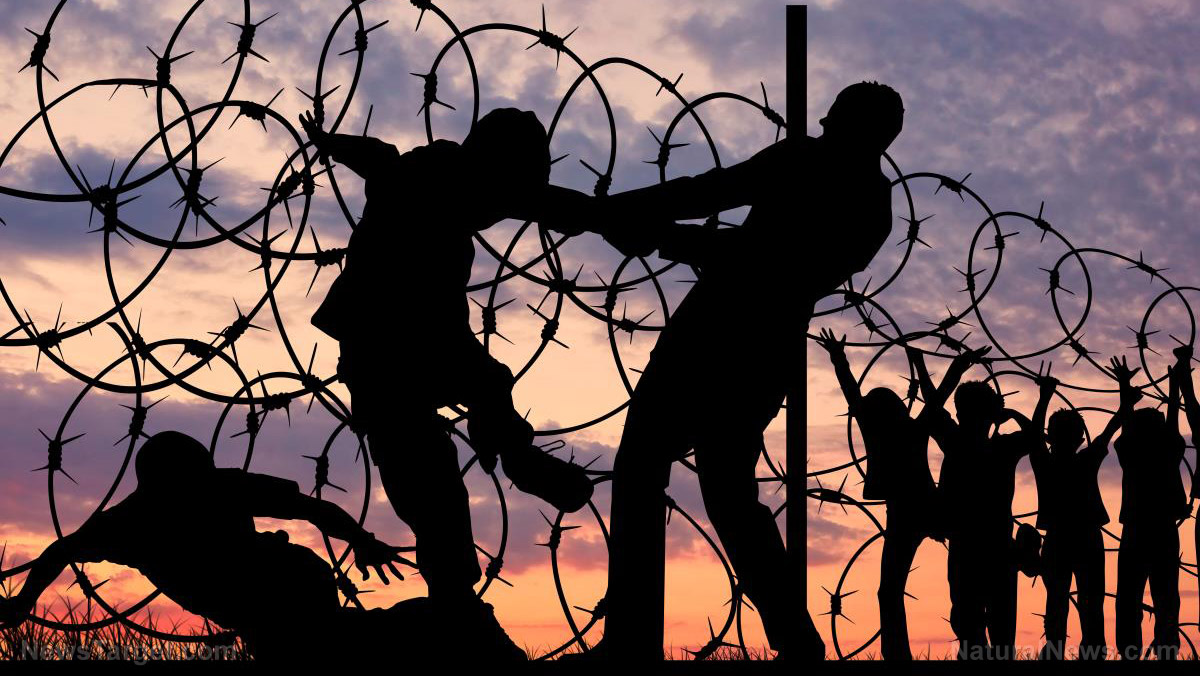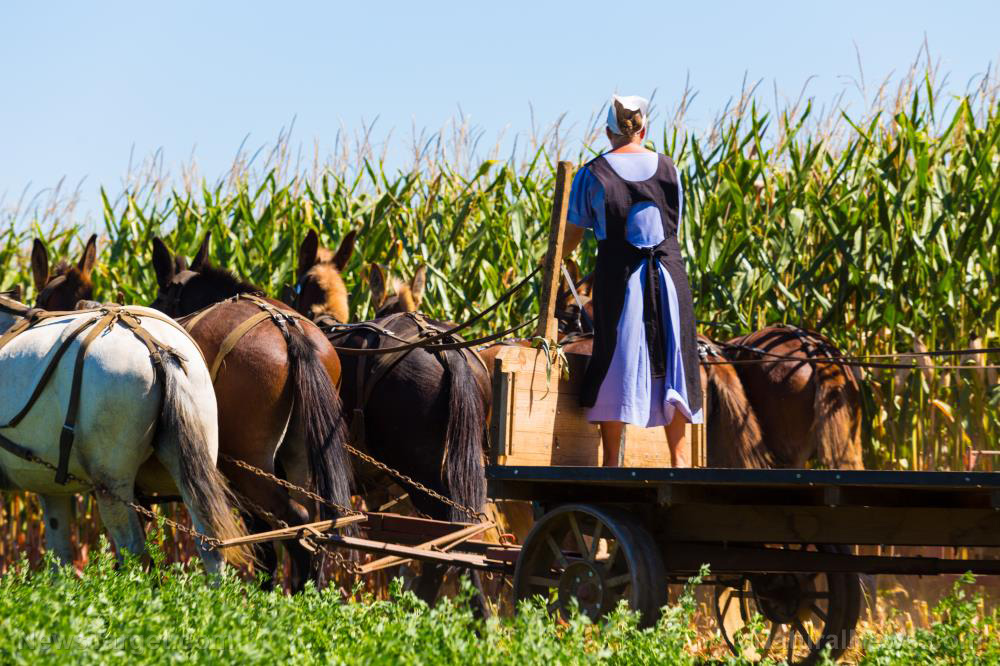Newsom places California under harsh holiday lockdown, despite the fact that lockdowns don’t work
12/09/2020 / By Zoey Sky
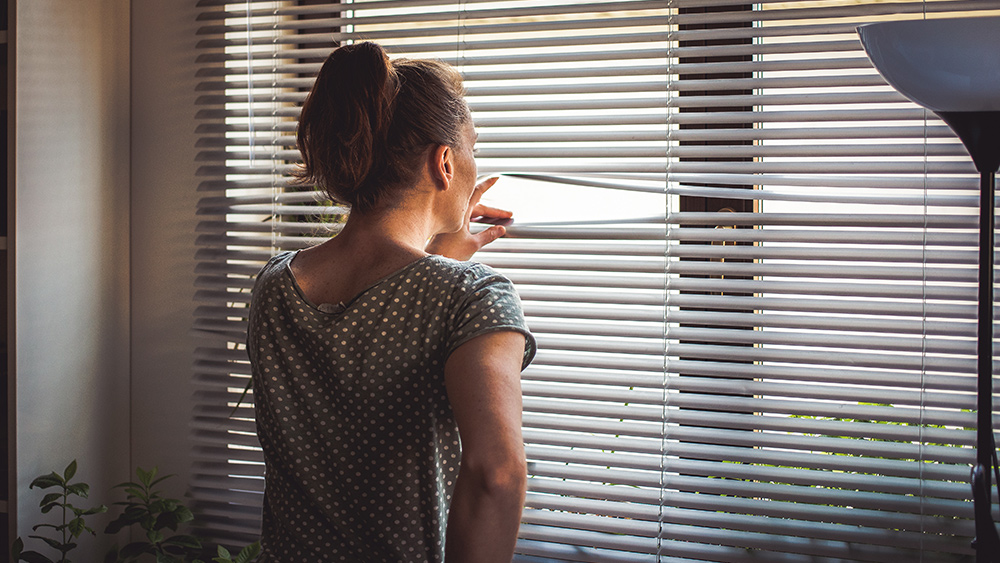
On Dec. 6, Gov. Gavin Newsom ordered Californians to observe regional stay-at-home restrictions to slow the spread of the coronavirus (COVID-19). Newsom’s orders went into effect for at least 23 million residents in southern California and 4.4 million residents in the Central Valley.
The mandate will take effect on a region-by-region basis since hospital intensive care unit beds in the region have fallen to below 15 percent.
California now under “the harshest lockdowns” in America
To date, over three-quarters of California’s population are living under “the harshest lockdowns” in the country after coronavirus cases allegedly hit record levels in the most populous state in the U.S.
Aside from the southern California region and the San Joaquin Valley region, local leaders of five other counties in the Bay Area region pre-emptively ordered six million residents to enter lockdown starting at 10 p.m. on Dec. 6.
Dr. Sara Cody, the Santa Clara County health officer, advised that it’s not wise to “wait until after we have driven off the cliff to pull the emergency brake.”
The restrictions will remain in place for about three weeks and will last until the Christmas holiday.
Throughout the state:
- Californians must stay indoors and minimize contact with others.
- All retail stores and outside spaces (like beaches and parks) are allowed to operate, but only at 20 percent capacity.
- Bars, restaurants, hair and nail salons and tattoo shops must stay closed.
On Dec. 6, California reported 24,735 positive cases. This brought the average to 21,924 cases per day.
The state had a 10.5 percent seven-day positivity rate. This means that for the last week, one in 10 Californians tested for coronavirus had positive results.
Newsom said that the rate of growth on the state’s positivity rate was “very, very acute.” Only 30 days ago, California’s positivity rate was at 3.4 percent.
Health officials warned that the numbers will get worse before they improve. Dr. Mark Ghaly, California’s secretary of health and human services, explained that these cases may have “potentially occurred around people’s dinner tables, activities, plans, travel through Thanksgiving are going to show up right about now.”
COVID-19 cases may continue to spread in the upcoming days and Ghaly added that the levels of transmission that have been reported will continue to increase because of these activities.
Protect yourself to protect others
The Covid Tracking Project revealed that throughout the country, 101,487 people with COVID-19 were being treated in hospitals last Dec. 6. An additional 1,138 deaths were also recorded.
California has already confirmed over 1.3 million cases, but last Sunday, the state set a new daily record with 30,075 COVID-19 cases. Hospitalizations have reached 10,000 in a 72 percent increase for the last past 14 days.
Over 2,300 patients are in ICU care.
In the 11-county Southern California region, which includes Los Angeles and San Diego, only 10.9 percent of ICU beds available. For the San Joaquin Valley, a dozen counties in the Central Valley and rural areas of the Sierra Nevada, only 6.3 percent of ICU beds are vacant.
Both the southern California region and the San Joaquin Valley are home to over 50 percent of California’s 40 million residents.
Dr. Salvador Sandoval, the public health officer for the city of Merced, cautioned that surging cases and hospitalizations won’t be slowing down any time soon. Sandoval highlighted the importance of following regulations and taking measures to protect yourself and your loved ones. (Related: Gov. Gavin Newsom’s children attending in-person classes while other kids struggle with remote learning.)
The rising number of cases has overwhelmed hospital capacities of more rural regions, especially San Benito county, which is part of the San Joaquin Valley region. The county is currently under lockdown.
According to Dr. David Ghilarducci, the San Benito county public health officer, the only hospital in San Benito County is “completely full.”
Experts are worried that the situation will continue to get worse. Ghilarducci encouraged the public to cooperate to prevent the further spread of the virus.
Meanwhile, three other regions, namely Greater Sacramento, northern California and the San Francisco Bay area are at 20 percent to 28 percent capacity.
Health officers in five of the Bay Area’s 11 counties have also enforced the state stay-at-home order for San Francisco, Santa Clara, Marin, Alameda and Contra Costa counties, along with the city of Berkeley, which has its own public health department. The areas explained that cases are increasing and that there was no time to waste.
San Francisco’s mayor London Breed explained that the restrictions were enforced to ensure that those who need treatment once infected with COVID-19, like the elderly, can be looked after.
The Bay Area order will be enforced until Jan. 4, one week longer than California’s timeline.
Small businesses continue to suffer amid the pandemic
Small businesses have also been affected by the California lockdowns. Michelle Saunders James could only burst into tears once she found out that she would have to close down her Oakland nail salon, which had recently reopened after five weeks.
In an interview with KGO-TV, James said that her staff wear face shields and take temperatures to ensure that both the customers and her team feels safe. The lockdowns are frustrating and scary for James and other small business owners.
Ghaly acknowledged that the restrictions are hard for people like James, but this pandemic took everyone by surprise. He added that they are doing everything they can to “get through the surge as quickly as possible,” save as many lives and prevent as many infections as they can.
Other U.S. states continue to struggle
On Dec. 5, Saturday, the top public health official in Arizona reported a near-record of nearly 6,800 new infections. People were advised to continue to wear masks around people who weren’t family members, “even those you know and trust.”
On Twitter, Dr. Cara Christ wanted that the public should “act as though anyone we are around may be infected.”
But is acting paranoid helpful?
On Dec. 6, Virginia reported 3,880 cases, a record number of cases for a second straight day. The state has reported a total 255,053 cases, with 4,200 deaths.
Meanwhile, Iowa recorded an additional 35 deaths on Monday. The state continues its high level of deaths amid the pandemic.
As states in the country continue to struggle, others are hoping that a vaccine will be key to resolving the pandemic. Pfizer’s vaccine may be given emergency use approval this week and Newsom announced last Dec. 7 that California will receive over two million doses this December.
On Dec. 6, Dr. Moncef Slaoui, the chief scientific adviser to the federal Operation Warp Speed vaccine development program, explained that the vaccine’s effectiveness could last for “many, many years.” Slaoui believes that the elderly and more vulnerable populations may need a booster every three to five years.
However, no one knows if vaccinated persons can still spread the virus. Slaoui added that there may be “an initial indication” on that by February or March next year.
Slaoui added that uncertainty about coronavirus means people must remain vigilant to protect themselves and others from the virus. He even claims that if 70 to 80 percent of the population gets vaccinated, “the virus will go down.”
Thankfully, Dr. Deborah Birx, the White House coronavirus response coordinator, remains level-headed. Birx said that people shouldn’t expect the vaccine to be a miracle cure since following regulations is crucial to stopping the surge in cases.
Newsom concluded commented that the measures can help “flatten the curve.” Last week, Newsom said that California is “at a tipping point” in the fight against coronavirus and that decisive action must be taken to prevent the state’s hospital system from being overwhelmed in the weeks to come.
Sources include:
Submit a correction >>
Tagged Under:
California, China, coronavirus, covid-19, flu, freedom, Gavin Newsom, Hospitals, ICU, infections, intensive care unit, lockdowns, outbreak, pandemic, Restrictions, stay-at-home order, superbugs, virus
This article may contain statements that reflect the opinion of the author



